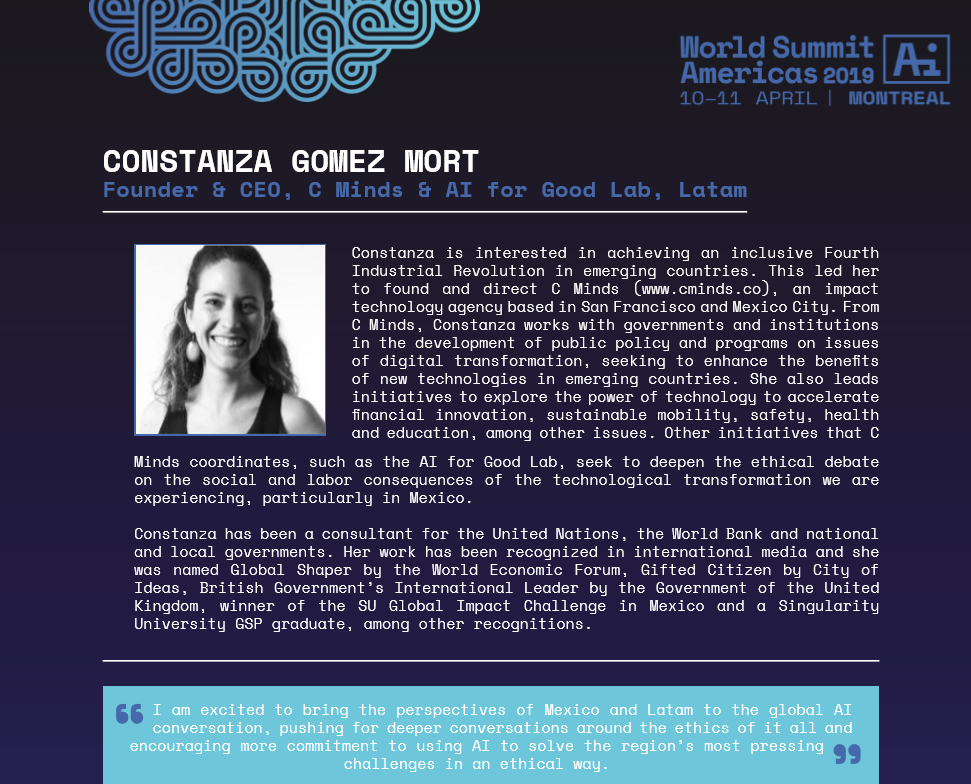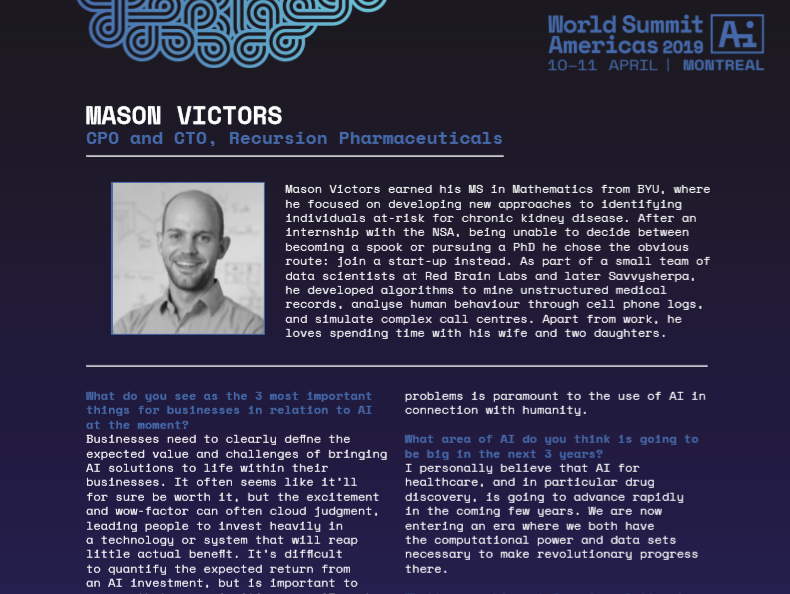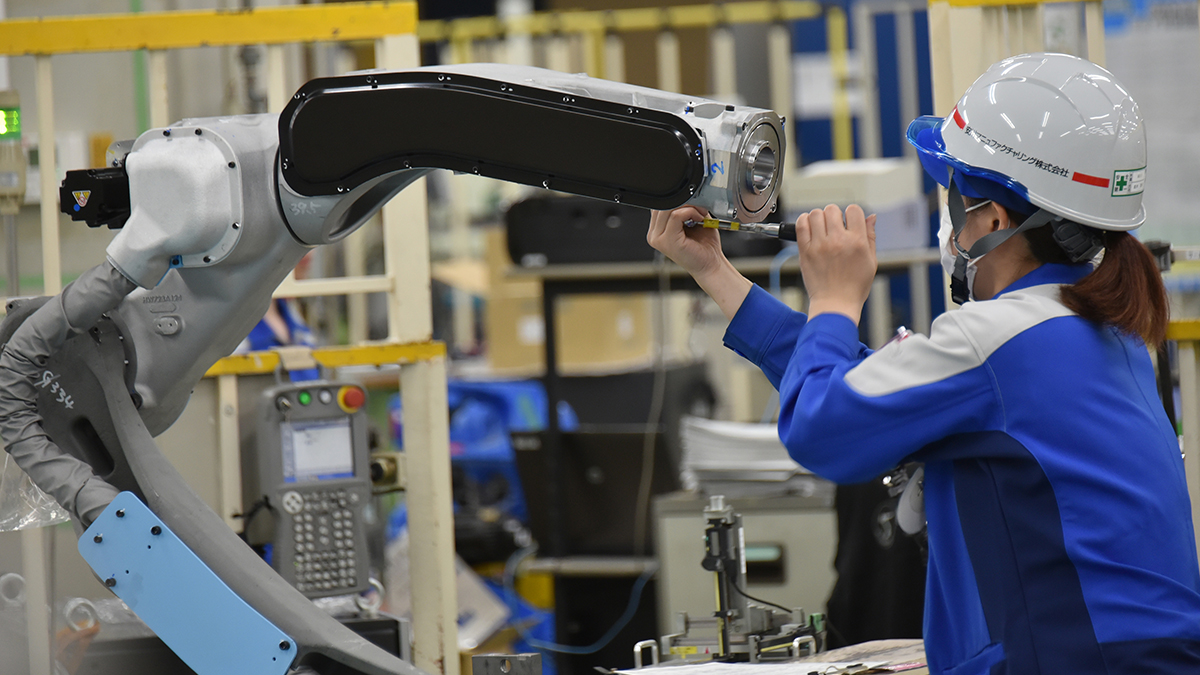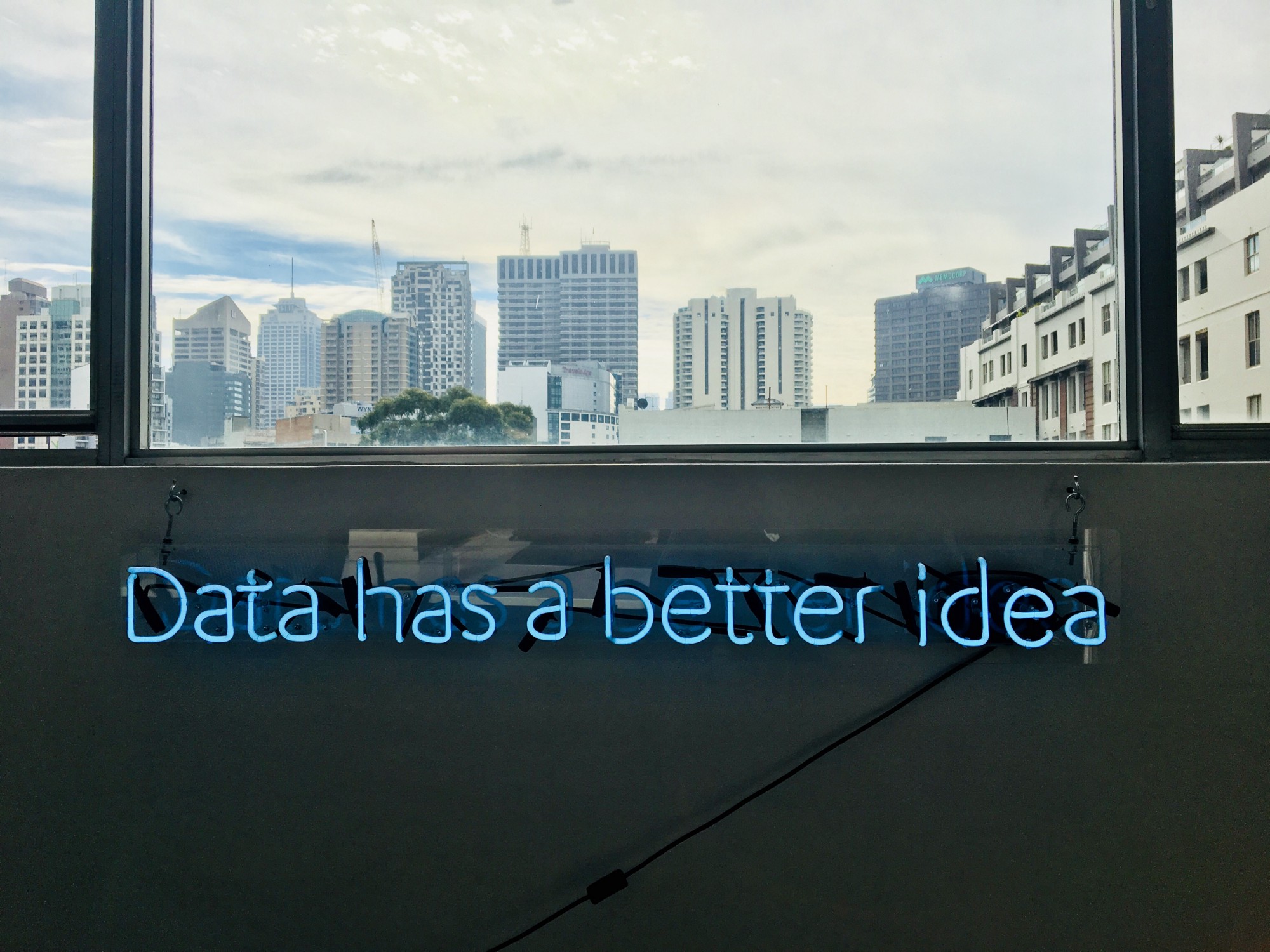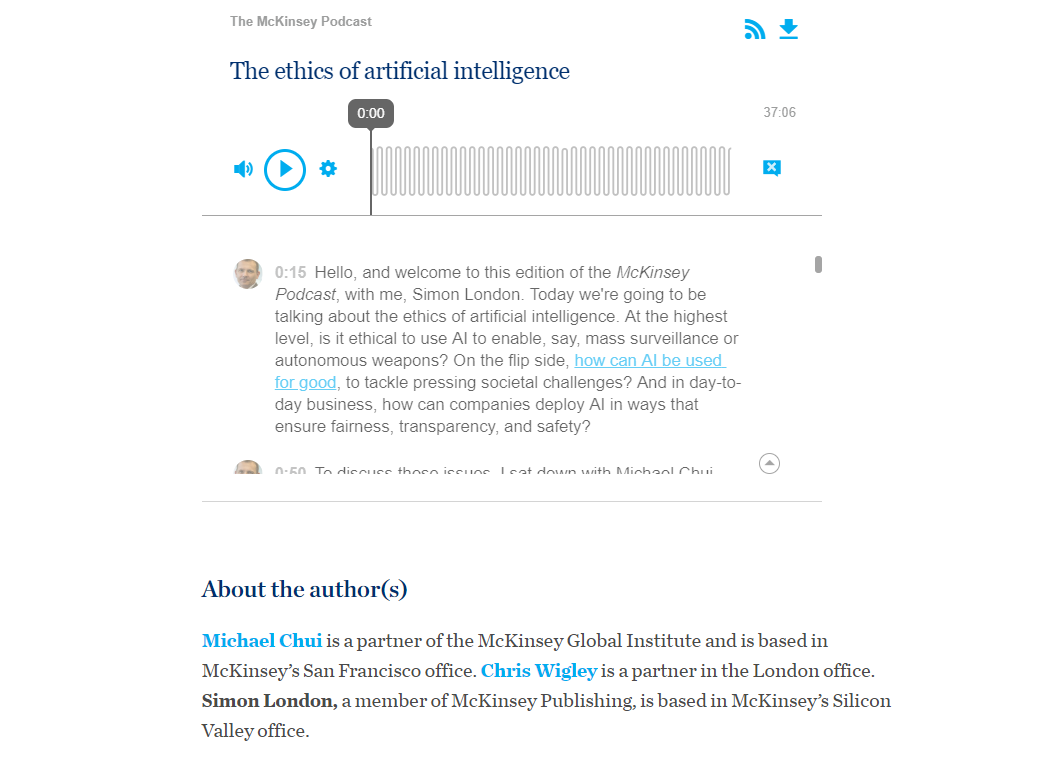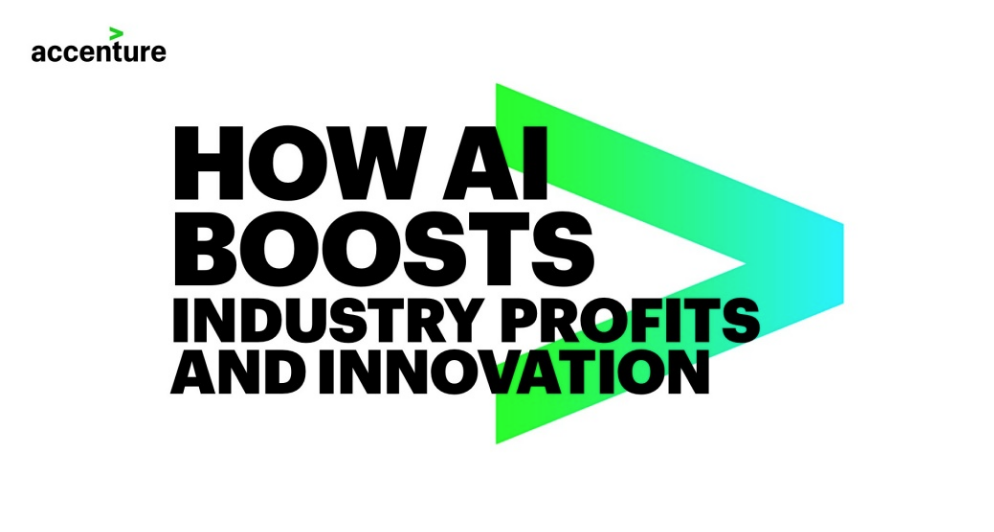With only 4 weeks to go until World Summit AI Americas, we've interviewed some of our fantastic speakers for you.
We asked Constanza Gomez Mort, Founder and CEO at C Minds and AI for Good Lab, Latam as well as Jose A. Murillo, Chief Analytics Officer at Banorte, their thoughts on the most important things for businesses and humanity in relation to AI at the moment, the big areas of AI in the next 3 years and their biggest fears in relation to AI.
.png?width=259&name=WSAI%20Amsterdam%20Orange%20no%20dates%202000x300%20(1).png)
.png?width=263&name=IM_Mothership_assets_LOGO_MINT%20(2).png)
